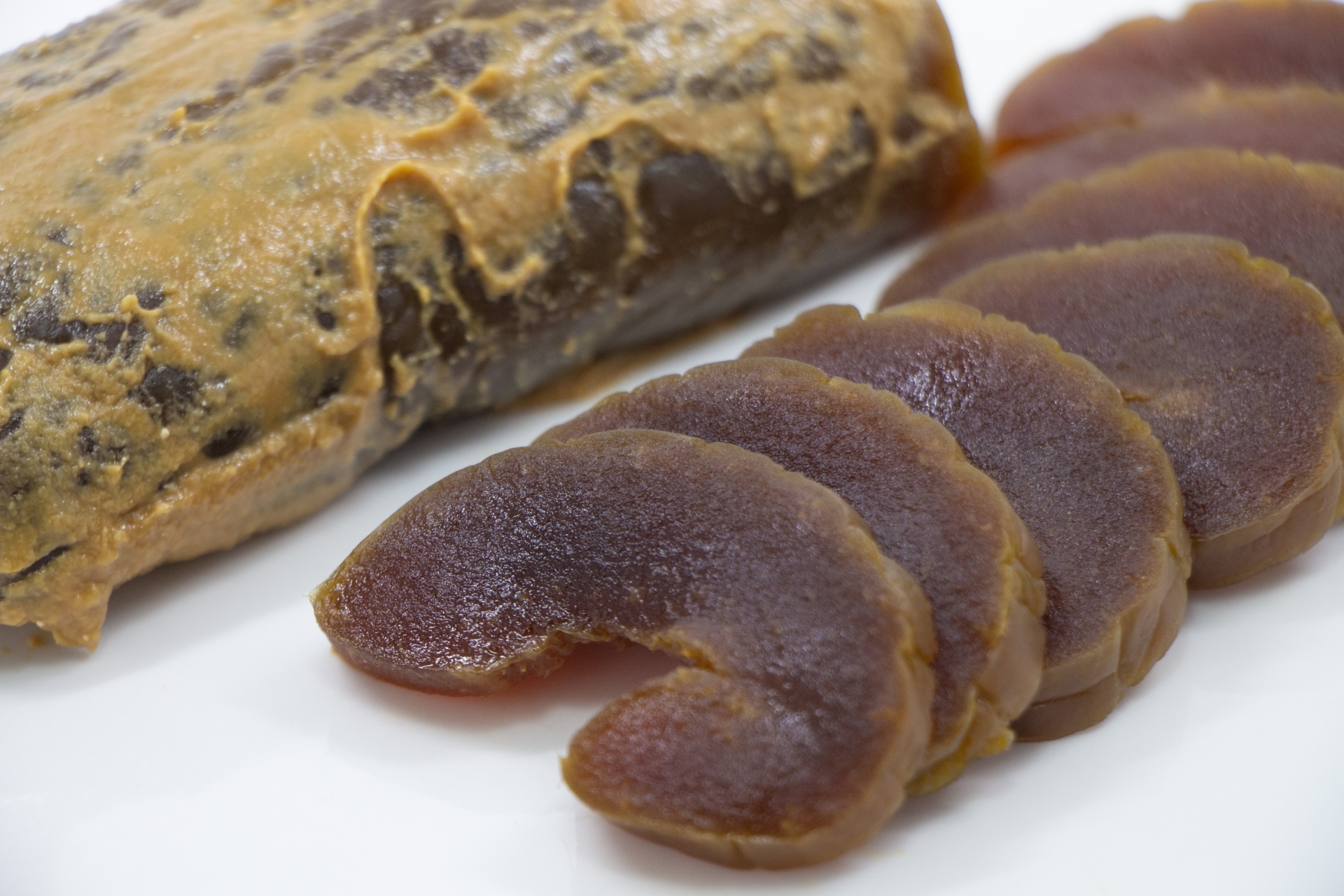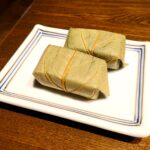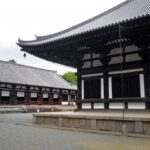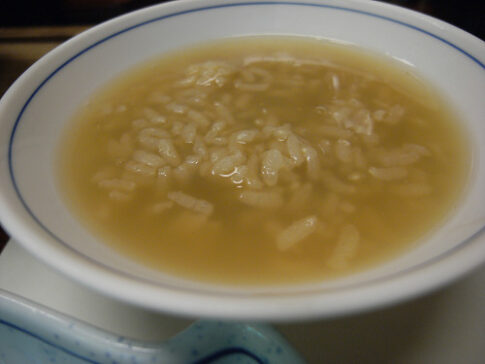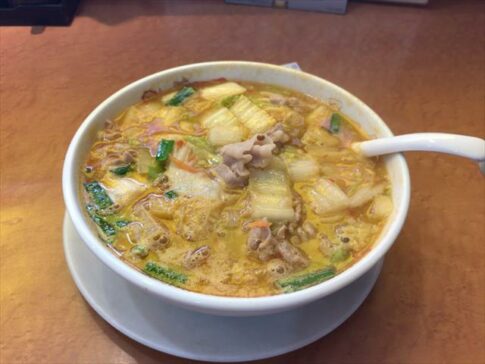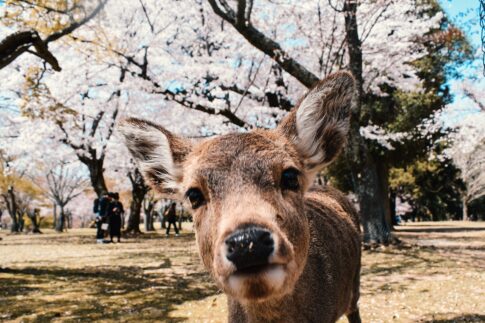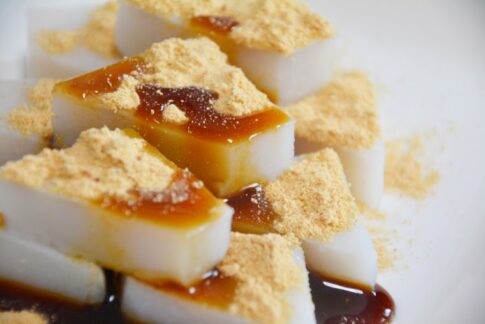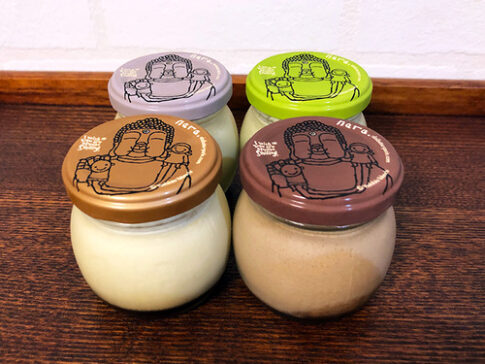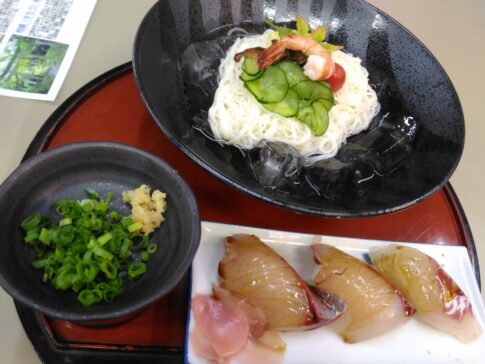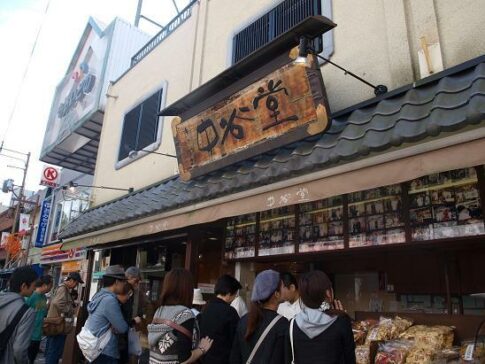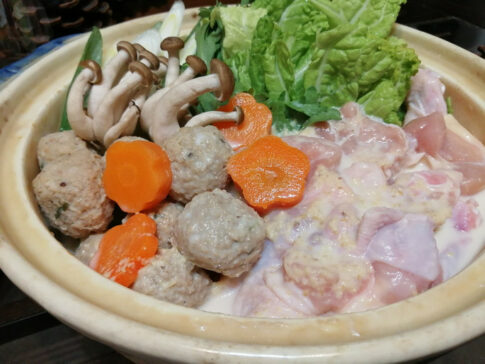Have you ever heard of Narazuke?
It is one of Japanese picked vegetables.
Japanese people often eat it with white rice. They are categorized by the way they are made. Today we introduce what Narazuke is.
Nara Travelers Want to Know Narazuke (Nara Pickle)
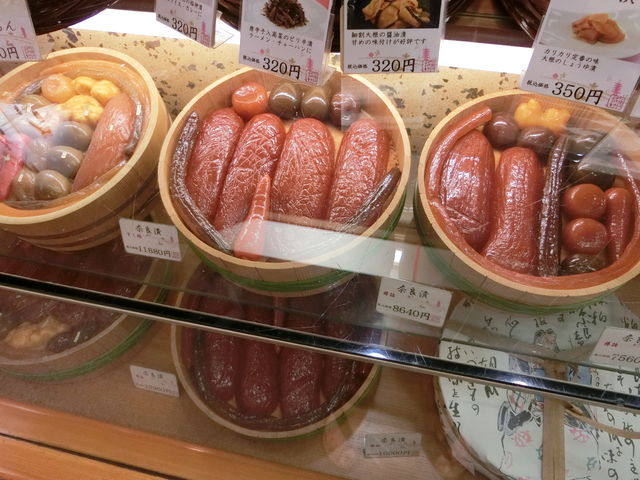
1. What Nara Pickle is
Narazuke (Nara Pickle) is a pickle made by pickling vegetables such as white gourd, cucumber, water melon, and ginger in salted water and replacing them with new sake lees many times.
It is a traditional food pickle of Nara.
2. History of Narazuke
Narazuke, as pickles with sake lees, is also found in the Nagaya-o Mokkan, a tribute delivery slip excavated at the site of Heijo-kyo Capital.
The Shosoin document mentions ginger and pickled melon with sake lees, and the Naizen section of the Engishiki, compiled in the mid-Heian period in 927, mentions winter melon, kasuzuke-keli, eggplant, kosui onion, and soybean in addition to these items.
According to the “Engishiki” naizen section, pickled melon with sake lees was a highly salted pickle made with sake and soup lees, and seasonings of salt, tailings, and soy sauce.
It is thought that sake lees added flavor, aroma, and complexity to the pickles. In those days, sake referred to doburoku, and sake lees was not pressed sake lees but rather ori, the sediment that accumulated at the bottom of the container, into which vegetables were pickled.
In the Engishiki Daizen section, it is referred to as shiru-kasu-zuke, and was not “kasu-zuke” in the same form as today’s Nara-zuke.
At that time, it seems to have been prized as a preserved food and incense for the upper class, and was treated as a luxury food.
The word “Narazuke” was originally a pickle of melon, and it was first mentioned in the Yamashina family’s “Yamashina Family Reiki” of 1492, when it was described as a souvenir from Uji: “Miyage, Naratsukeokeichi, Masusushi Ikke, Gokowa Ikki”. Later, it appears in the “Kitano Shakke Nikki (Diary of the Kitano Company)” of 1590 and the “Kanya Sotanzai Nikki (Offering Diary)” of 1597, and in the “Nichi-Pojikisho” of 1603, “Narazuke is a type of pickles in Nara, used instead of incense”.
In the Edo period (1603-1868), Itoya Sosen, a doctor of Chinese medicine living in Nakasuji-machi, Nara, began selling shirouri pickles with sake lees under the name “Nara-zuke” during the Keicho era (1596 – 1615), gaining a good reputation and spreading the word of Nara-zuke.
He presented the product to Tokugawa Ieyasu during the Battle of Osaka and was favored by him.
Eventually, he quit his position as a doctor and was called to Edo (Tokyo) to become an official merchant in charge of Nara pickles for the shogunate.
He was called to Edo (now Tokyo) and became a purveyor in charge of Nara pickles for the shogunate.
It is said that “Nara is a good capital only if there is Kasuga (Kasuga),” and Nara was the birthplace of sake and of Nara pickles.
During the reign of Shogun Tsunayoshi Tokugawa, “ochazuke (tea with pickles on top)” became popular in front of the Kannon Gate in Asakusa and was a big hit.
In the end, the name “kasuzuke” became a generic term for vegetables pickled with sake lees, and in the “Kashimono” section of the late Edo period’s “Morisada-kasaso”, Volume 1, “Kashimono,” it is written, “For sake lees, white gourd, eggplant, radish, and jingle are the main ingredients.
In the “Kosimono” section of the late Edo period’s “Morisada-kosatsu-sho,” Goshu vol. 1, “Kosimono,” it is written that “white gourd, eggplant, radish, and jingle are used as sake lees.
This is because Nara was the first place to make sake in ancient times.
It is also said that Nara is the first place where sake is made, and that it owes much to the high quality sake lees produced in the famous brewing area of Nara, the southern capital of Japan.
The name “Nara-zuke” is also used to refer to pickles made outside of Nara Prefecture, and has become a common noun.
Some products are made by major and local sake breweries, and even by overseas companies.
In the late Edo period, Rokumando, a liquor store near the north gate of Shitennoji Temple in Osaka, pickled vegetables in the brewery’s fine sake lees and sold the product under the name “Naniwa Narazuke,” which had already become a product sold to the general public beyond the scope of Nara. Outside of Nara Prefecture, there are products named Konan pickles using sake lees from Nada-Gogo (Hyogo Prefecture) and Moriguchi-zuke using Moriguchi daikon radish harvested in and around Nagoya City, Aichi Prefecture.
3. Characteristics of Narazuke
Nara zuke is highly preservative, and many pickles were considered important as preserved vegetable pickles that could be used in any season because of their long shelf life, especially in times when cultivation techniques and refrigeration facilities were not yet developed.
Today, most products are amber-colored, but the traditional method of pickling in a kasubeda (lees bed), in which pickles are changed many times and pickled for four to a dozen years, results in a black color.
In Omura-zushi, a type of pressed sushi that has been handed down for more than 500 years in the city of Omura, Nagasaki Prefecture, Nara-zuke was used in the past.
Before the Pacific War, the only sushi rolls available at Edo-mae sushi restaurants in Tokyo were Nara-zuke rolls, dried gourd rolls, and teppanyaki rolls, and there was no idea to try wrapping other ingredients in sushi rolls.
It has also become a standard chopstick rest for broiled eel, with the effect of refreshing the palate by wiping away the fatty taste that remains in the mouth after eating the eel.
It is also said to activate the stomach, reduce heartburn, break down fat, and aid in the absorption of vitamins and minerals.
Driving a vehicle after eating a large amount of Nara-zuke may be considered driving under the influence of alcohol, so care should be taken if you plan to drive after eating it.
However, according to the Japan Alcohol Health and Medical Association, the standard is not reached unless about 60 slices (about 400 g) of Nara-zuke, which contains 5% alcohol, are eaten.
In addition, according to an experiment conducted by the Traffic Accident Analysis Center, the concentration of alcohol in the breath was zero in a driving test conducted 20 minutes after eating 50 g of Nara-zuke, and it had no effect on driving.
In a case where a driver was arrested for driving under the influence of alcohol and initially stated that he or she had eaten Nara pickles, it was later found that the driver had been drinking.
Summary
They have a unique smell and flavor, so some people do not think that they tastes good even Japanese people.
I think it is worth giving a try though!
